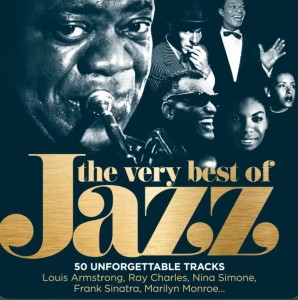Rock Sheet Music: The Final Phase of NWOBHM (1984–1985)
By 1984, the momentum of the New Wave of British Heavy Metal (NWOBHM) was visibly slowing. At the same time, thrash metal and other subgenres began rising rapidly. Many newer bands pushed the tempo to extremes, which in turn influenced older bands to evolve their sound. It was a transitional time for metal, full of experimentation and uncertainty.

On September 3, 1984, Iron Maiden released Powerslave, their fifth studio album. While they maintained their classic style, subtle shifts in musical direction hinted at the growing impact of newer trends. The album showcased their refined musicianship and solidified their position as NWOBHM leaders.

On April 16, Saxon put out Crusader, an album that leaned more toward mainstream rock. Though commercially successful, it didn’t ignite the same excitement as their earlier work. The band also faced internal issues during this time—label struggles and lineup changes—but they never disbanded and would continue producing music into the 21st century.
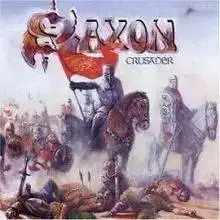
Venom’s third album, At War with Satan, also arrived on April 16. The album toned down the aggression of their earlier work in favor of more diverse musical arrangements. However, its anti-religious themes led to it being removed from store shelves shortly after release.
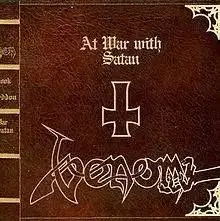
Judas Priest released Defenders of the Faith on February 4, 1984. Though not as groundbreaking as their previous record, it was still a commercial success. Some tracks sparked controversy, notably Eat Me Alive, which critics attacked for its provocative lyrics.
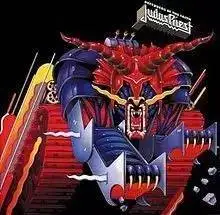
Motörhead released a compilation album, No Remorse, on September 15, 1984, sneaking in four new tracks. Though fans embraced it, internal decisions sparked a legal battle with their label. During this time, the band survived primarily through relentless touring, eventually switching to a new label.
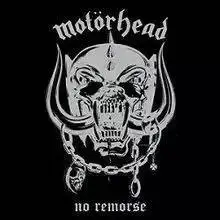
Witchfynde, despite earlier promise, saw their momentum collapse after their second album. With their singer gone and label ties severed, their final two albums were underwhelming, leading to their quiet disbandment.
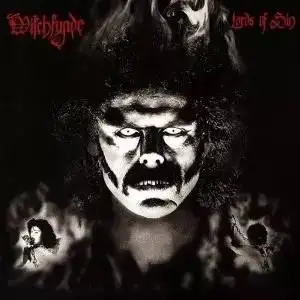
Cloven Hoof released their self-titled debut in 1984. Carrying the torch from bands like Angel Witch, their sound was heavier and faster, reflecting the genre’s evolution.
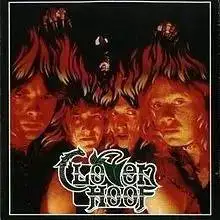
Grim Reaper released See You in Hell on July 13, 1984, and found more success in the U.S. than at home. Their formulaic song structure was a double-edged sword—it gave them a unique identity but limited their growth.
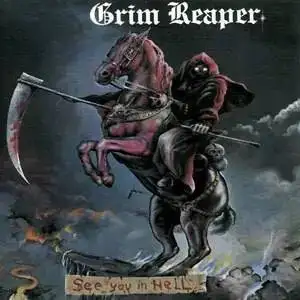
Ironheart, formed by members from bands like Iron Maiden and Def Leppard, released Hot Tonight in 1984. The group’s fusion of progressive and softer rock was intriguing but short-lived. They disbanded in 1986.
By late 1984 and into 1985, NWOBHM was nearing its end. Although new albums continued to emerge, most lacked the punch of earlier years. These bands were later rediscovered in the 21st-century NWOBHM revival, with fans appreciating their complex playing techniques and progressive rock elements.
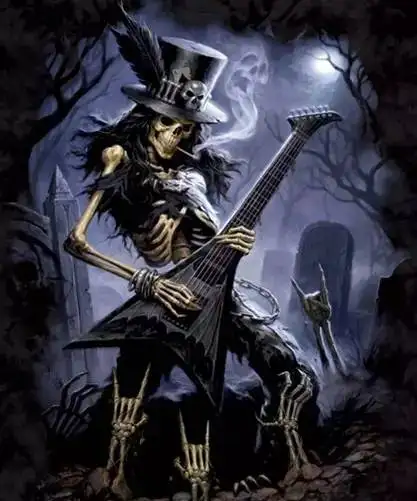
Raven signed with Atlantic Records in 1985 and released Stay Hard, shifting toward a more conventional style. The shift was poorly received, and their next release, The Pack is Back, became known for its odd cover art rather than musical innovation.
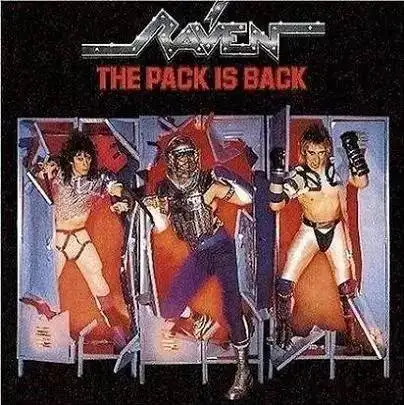
Iron Maiden began incorporating progressive influences, especially in 1986’s Somewhere in Time and 1988’s Seventh Son of a Seventh Son. Despite a drop in momentum after Bruce Dickinson’s 1993 departure, the band rebounded strongly with 2000’s Brave New World and later with Dance of Death and The Book of Souls.
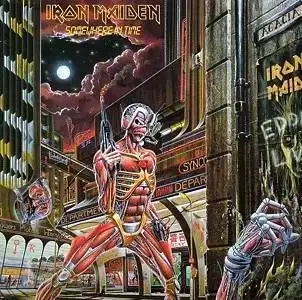
Album artwork also reflected these changes—each cover capturing the spirit of its era and the band's evolving identity.
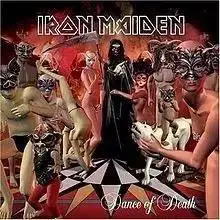
Saxon released Innocence Is No Excuse in 1986 to moderate results. After parting ways with their label in 1988 and experiencing internal changes, they continued producing music under Virgin Records, attempting to blend mainstream appeal with traditional metal roots.

Judas Priest also shifted their style with 1986’s Turbo and 1988’s Ram It Down. The glam-metal influence wasn’t well-received by fans of their earlier, heavier sound, though Ram It Down saw a slight rebound with its focus on traditional guitar work.
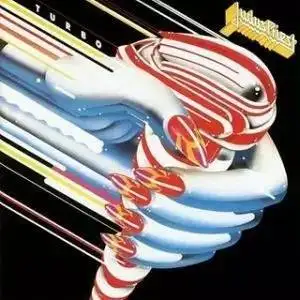
In 1990, Judas Priest released Painkiller, a powerful return to form and one of their most respected works. However, tragedy followed—after two fans died in a suicide incident allegedly influenced by the band, they faced a high-profile lawsuit and emotional strain. Lead singer Rob Halford eventually left the group.
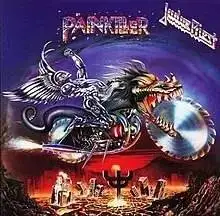
Fortunately, Halford returned in 2002. The band resumed touring and released new music, including 2014’s Redeemer of Souls, proving their legacy in metal remained strong.
FAQs
Q1: Where can I find accurate rock sheet music for learning?
You can explore curated collections of rock sheet music on educational platforms, ideal for both study and performance.
Q2: Are piano online lessons effective for rock music learners?
Absolutely. Many piano online lessons now include genre-based modules, including rock, often with real-time guidance and play-along features.
Q3: What’s the best approach for beginners to learn complex riffs?
Start with easy sheet music and practice using clear piano notes to gradually build speed and accuracy before progressing to full arrangements.
